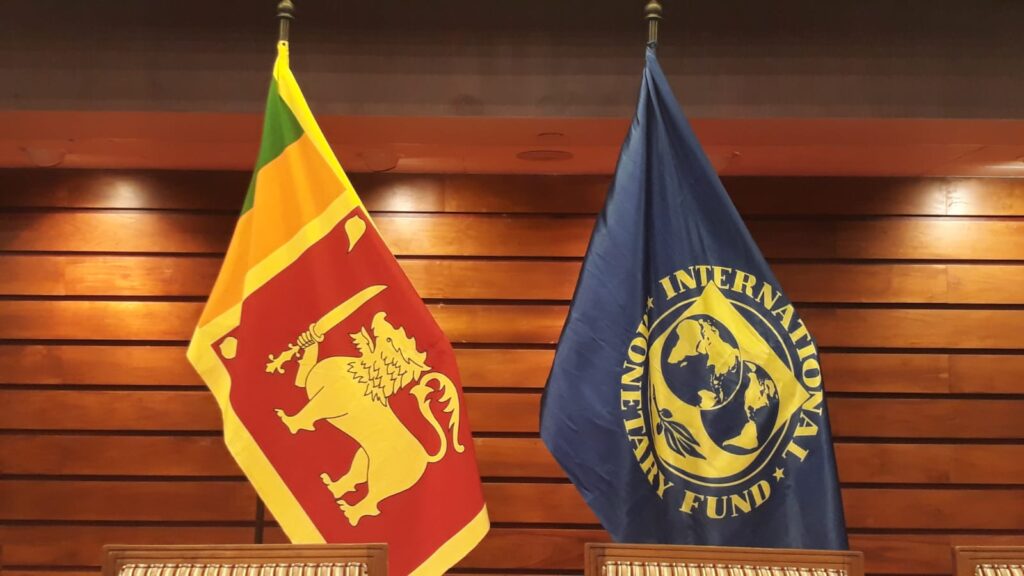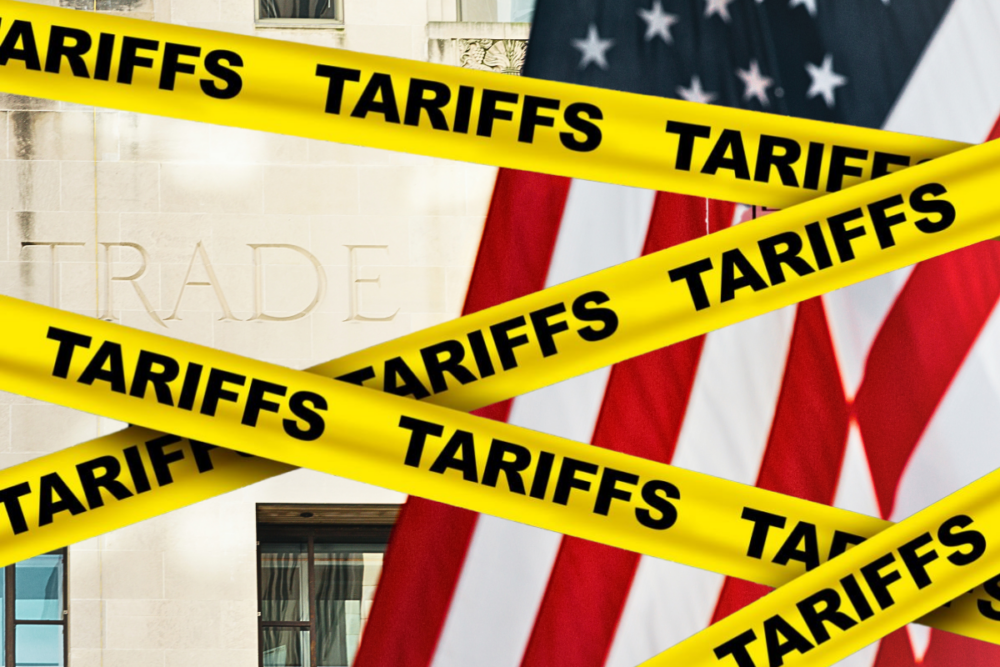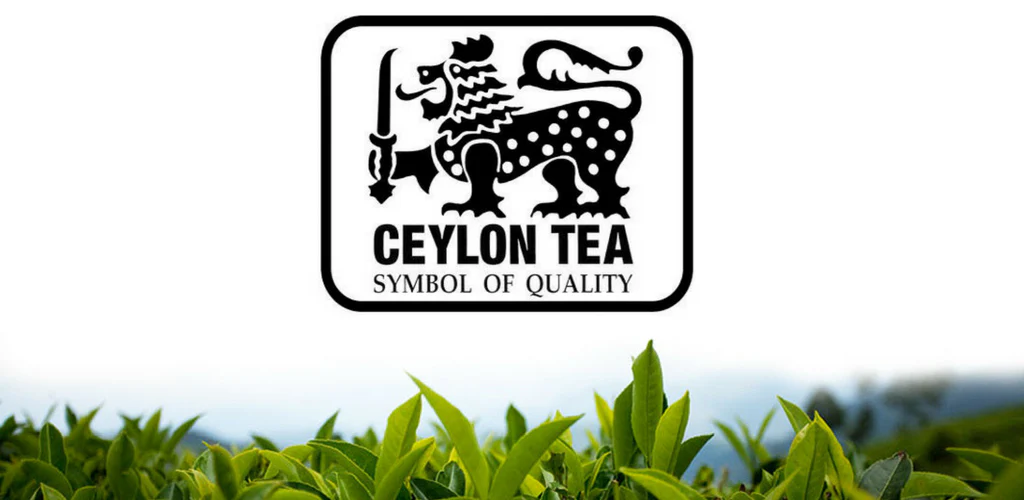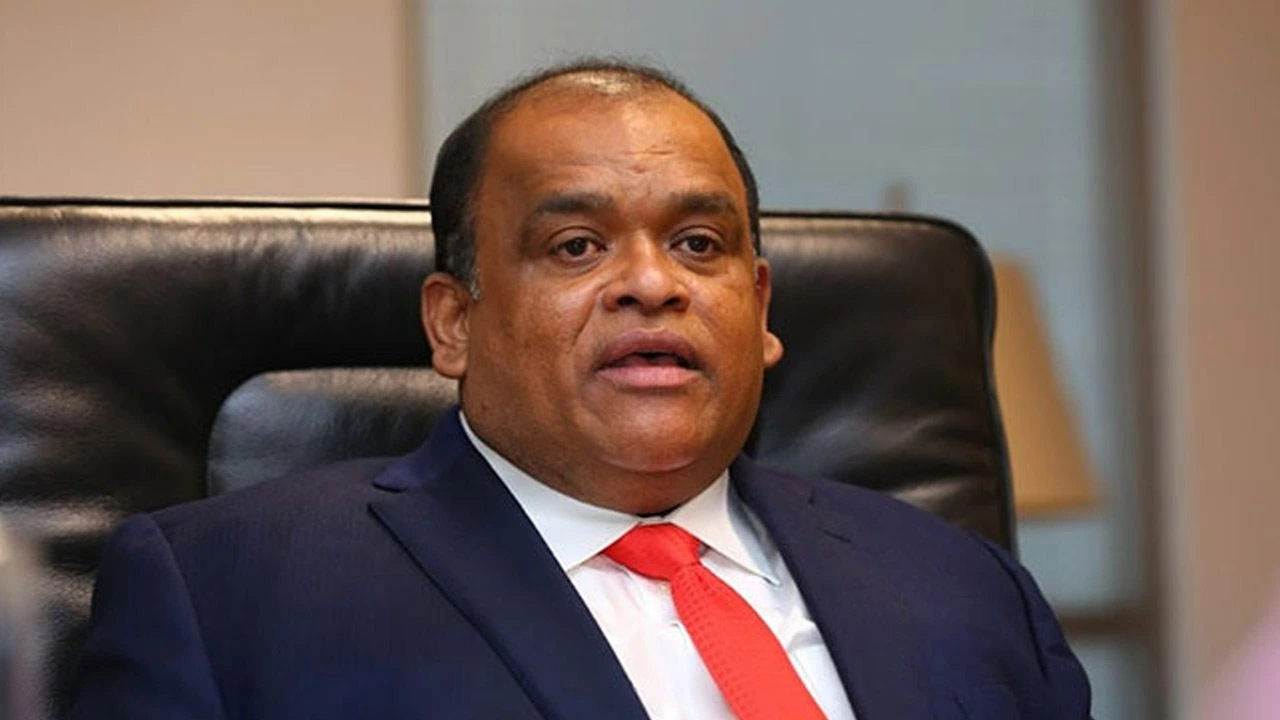At stake is the competitiveness of Sri Lankan goods in the vital American market. With apparel, rubber, spices, and other sectors already under pressure from shifting global demand and rising costs, securing even partial tariff relief could deliver a much-needed boost.
Sri Lanka’s Reliance on US Markets
The United States has long been one of Sri Lanka’s most important export destinations. According to the Export Development Board (EDB), the US consistently accounts for over 25% of Sri Lanka’s total export earnings. Apparel alone makes up more than half of those exports, supporting tens of thousands of jobs across the country.
Yet Sri Lankan exporters face a significant disadvantage compared with competitors from countries that benefit from US Free Trade Agreements (FTAs) or preferential access under the Generalized System of Preferences (GSP). Sri Lanka currently faces higher duties on many categories of goods.
Compounding the problem, Sri Lanka lost eligibility for certain GSP benefits in recent years due to concerns over human rights and governance. Although these were not new punitive tariffs in the traditional sense, the loss of trade preferences has hit export competitiveness hard.
The Government’s New Trade Strategy (Sri Lankan)
The government’s announcement signals a renewed diplomatic push to address these long-standing trade barriers. According to senior sources, officials from the Ministry of Trade, the Department of Commerce, and the Ministry of Foreign Affairs are coordinating a multi-pronged approach, including:
- Bilateral negotiations aimed at restoring or expanding preferential access.
- Lobbying efforts targeting US trade officials and lawmakers.
- Industry engagement with business groups in both countries to build support.
A senior government official told Lanka Biz News the planned talks will be “frank and pragmatic,” acknowledging the political and human rights concerns that previously strained trade relations while seeking a new, mutually beneficial understanding.
Why Tariff Relief Matters
For Sri Lanka’s export sectors, tariff relief is not merely a technical trade issue—it’s a matter of survival.
Apparel producers, the single largest group of export employers in the country, have warned that continued erosion of competitiveness could threaten tens of thousands of jobs. Competitors in Bangladesh, Vietnam, and other nations often enjoy lower tariff rates or duty-free access to the US, putting Sri Lankan products at a disadvantage on price alone.
But it’s not just apparel. Other sectors under pressure include:
- Rubber products (tyres, industrial goods)
- Spices and value-added tea
- Ceramics and homeware
Trade economists argue that even modest reductions in tariff rates can lead to meaningful export growth, particularly if paired with improvements in supply chain competitiveness and marketing.

Challenges and Limitations
Yet negotiating tariff relief with the United States is notoriously difficult. Historically, such agreements require:
- Compliance with strict labour, environmental, and governance standards.
- Careful management of geopolitical considerations.
- Securing US Congressional approval for any new trade preferences or FTAs.
Sri Lanka’s recent human rights record remains a key complicating factor. In the past, US officials explicitly linked preferential trade access to improvements in rule of law, democratic governance, and post-conflict reconciliation. Observers expect these issues will once again be part of the negotiating table.
Additionally, Sri Lanka’s limited market leverage means it cannot offer the US significant trade benefits in return. With a relatively small import market for American goods and limited strategic trade ties, Sri Lanka faces an uphill battle in convincing Washington to prioritise its needs over those of other partners.
Building a Broader Trade Strategy
Officials stress that the planned talks with the US should not be seen in isolation but as part of a wider trade strategy aimed at increasing Sri Lanka’s economic resilience. This broader effort includes:
- Renewing GSP+ access with the European Union.
- Pursuing regional trade agreements in South Asia and with ASEAN members.
- Supporting local manufacturers to move up the value chain and reduce sensitivity to tariff costs.
Industry groups have repeatedly called on the government to adopt a coherent, well-funded trade promotion strategy to make these efforts more effective.
Industry Reaction: Cautious Optimism
Sri Lankan export associations have cautiously welcomed news of the planned negotiations. The Joint Apparel Association Forum (JAAF) issued a statement describing the move as overdue but necessary. Without meaningful tariff relief, they warn, Sri Lanka risks further erosion of market share in the US.
Spice and rubber industry leaders have voiced similar concerns, arguing that the country’s ongoing balance of payments crisis makes expanding export earnings even more urgent.
However, exporters have also stressed that past promises of trade relief failed to deliver measurable results. Many remain sceptical and want to see concrete outcomes before celebrating.
Political Implications
Domestically, the government faces significant pressure to show results on the economic front. Securing any form of trade concession would be a rare political win amid widespread public frustration over inflation, tax hikes, and reduced living standards.
But there are risks. Human rights groups are watching closely to see whether trade negotiations might lead to weaker governance commitments. Any perceived watering-down of accountability could spark criticism both at home and among international partners.
Next Steps and Outlook
Reports suggest preparations for the planned US talks are already well under way, with the Sri Lankan Embassy in Washington and the Department of Commerce laying the groundwork for formal negotiations. Officials hope to schedule talks before the end of the year.
While few expect a sweeping trade deal, even targeted relief—such as restoring some GSP benefits—could help key sectors stay afloat.
Ultimately, success will depend on the government’s ability to balance domestic reforms, diplomatic engagement, and private sector competitiveness. As one trade official put it:
“Tariff relief is not a silver bullet, but it’s a critical part of the solution.”
Sri Lanka’s decision to reopen negotiations with the United States on tariff relief comes at a pivotal moment. With export sectors under intense pressure and foreign reserves stretched thin, reducing trade barriers could deliver vital support to jobs, industries, and the wider economy.
However, these negotiations will not be easy. Questions of governance, human rights, and competing US trade priorities will shape any outcome. The coming months will reveal whether Sri Lanka can navigate these challenges to secure a better deal for its exporters—and a more sustainable path for its economy.





